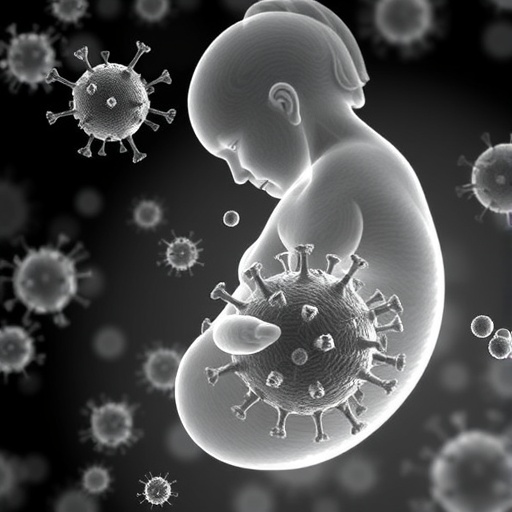“This study strongly supports the utility of hiPSCs as a feasible and effective source of cells to treat myelin disorders,” says Steven Goldman, a neurologist at the University of Rochester Medical Center. “In fact, it appears that cells derived from this source are at least as effective as those created using embryonic or tissue-specific stem cells.”
The discovery opens the door to potential new treatments using hiPSC-derived cells for a range of neurological diseases characterized by the loss of a specific cell population in the central nervous system called myelin.
Like the insulation found on electrical wires, myelin is a fatty tissue that ensheathes the connections between nerve cells and ensures the crisp transmission of signals from one cell to another. When myelin tissue is damaged, communication between cells can be disrupted or even lost.
The most common myelin disorder is multiple sclerosis, a condition in which the body’s own immune system attacks and destroys myelin. The loss of myelin is also the hallmark of a family of serious and often fatal diseases known as pediatric leukodystrophies. While individually very rare, collectively several thousand children are born in the US with some form of leukodystrophy every year.
The source of the myelin cells in the brain and spinal cord is cell type called the oligodendrocyte. Oligodendrocytes are, in turn, the offspring of another cell called the oligodendrocyte progenitor cell, or OPC. Myelin disorders have long been considered a potential target for cell-based therapies.
Scientists have theorized that if healthy OPCs could be successfully transplanted into the diseased or injured brain, then these cells might be able to produce new oligodendrocytes capable of restoring lost myelin, thereby reversing the damage caused by these diseases.
However, several obstacles have thwarted scientists. One of the key challenges is that OPCs are a mature cell in the central nervous system and appear late in development.
“Compared to neurons, which are among the first cells formed in human development, there are more stages and many more steps required to create glial cells such as OPCs,” Goldman says. “This process requires that we understand the basic biology and the normal development of these cells and then reproduce this precise sequence in the lab.”
Another challenge has been identifying the ideal source of these cells. Much of the research in the field has focused on cells derived from tissue-specific and embryonic stem cells. While research using these cells has yielded critical insight into the biology of stem cells, these sources are not considered ideal to meet demand once stem cell-based therapies become more common.
The discovery in 2007 that human skin cells could be “reprogrammed” to the point where they returned to a biological state equivalent of an embryonic stem cell, called induced pluripotent stem cells, represented a new path forward for scientists.
A genetic match
Because these cells—created by using the recipient’s own skin—would be a genetic match, the likelihood of rejection upon transplantation is significantly diminished. These cells also promised an abundant source of material from which to fashion the cells necessary for therapies.
Goldman’s team was the first to successfully master the complex process of using hiPSCs to create OPCs. This process proved time consuming. It took Goldman’s lab four years to establish the exact chemical signaling required to reprogram, produce, and ultimately purify OPCs in sufficient quantities for transplantation and each preparation required almost six months to go from skin cell to a transplantable population of myelin-producing cells.
Once they succeeded in identifying and purifying OPCs from hiPSCs, they then assessed the ability of the cells to make new myelin when transplanted into mice with a hereditary leukodystrophy that rendered them genetically incapable of producing myelin.
They found that the OPCs spread throughout the brain and began to produce myelin. They observed that hiPSC-derived cells did this even more quickly, efficiently, and effectively than cells created using tissue-derived OPCs. The animals were also free of any tumors, a dangerous potential side effect of some stem cell therapies, and survived significantly longer than untreated mice.
“The new population of OPCs and oligodendrocytes was dense, abundant, and complete,” Goldman says. “In fact, the re-myelination process appeared more rapid and efficient than with other cell sources.”
Additional co-authors of the study are from the Harvard Stem Cell Institute and the Sloan-Kettering Institute. The study received support from NYSTEM, the National Multiple Sclerosis Society, the National Institute of Neurological Disorders and Stroke, the G. Harold and Leila Y. Mathers Charitable Foundation, and the Dr. Miriam and Sheldon G. Adelson Medical Research Foundation.
Story Source:
The above story is reprinted from materials provided by University of Rochester. The original article was written by Mark Michaud, Rochester Newsroom. IMAGE Credit: “abstract cell” via Shutterstock





